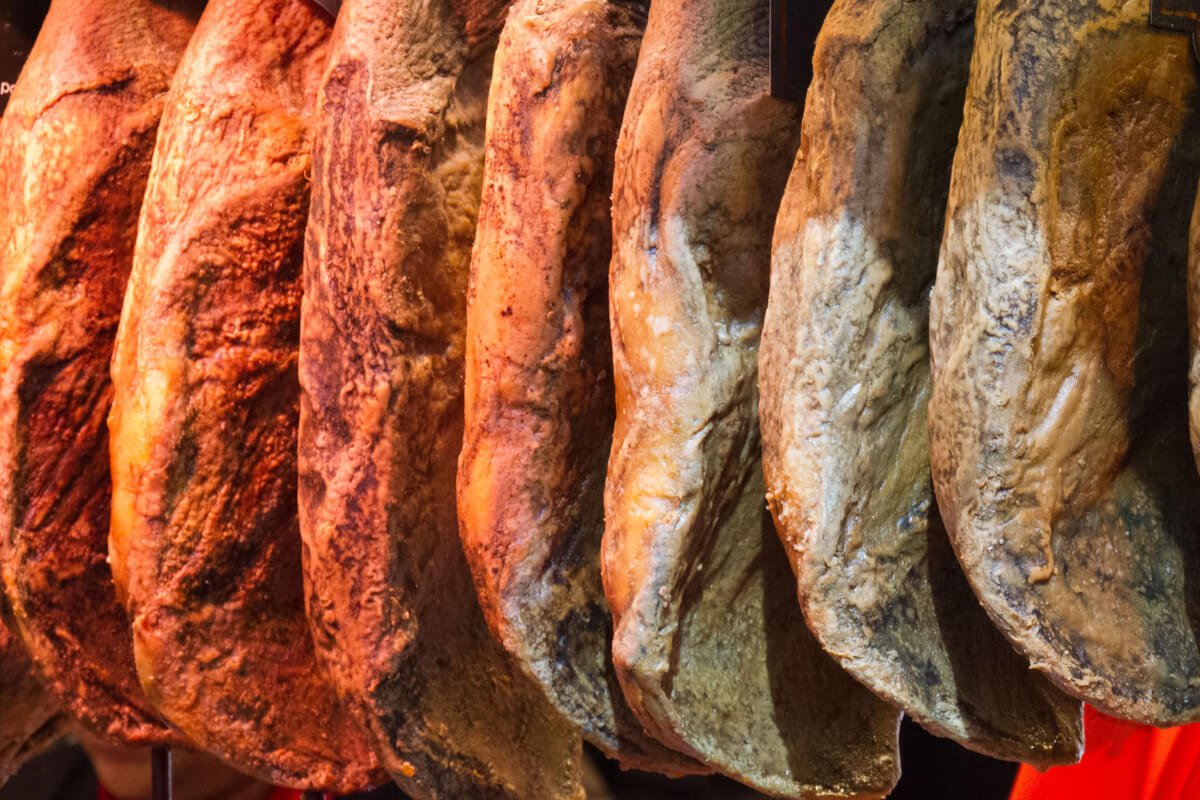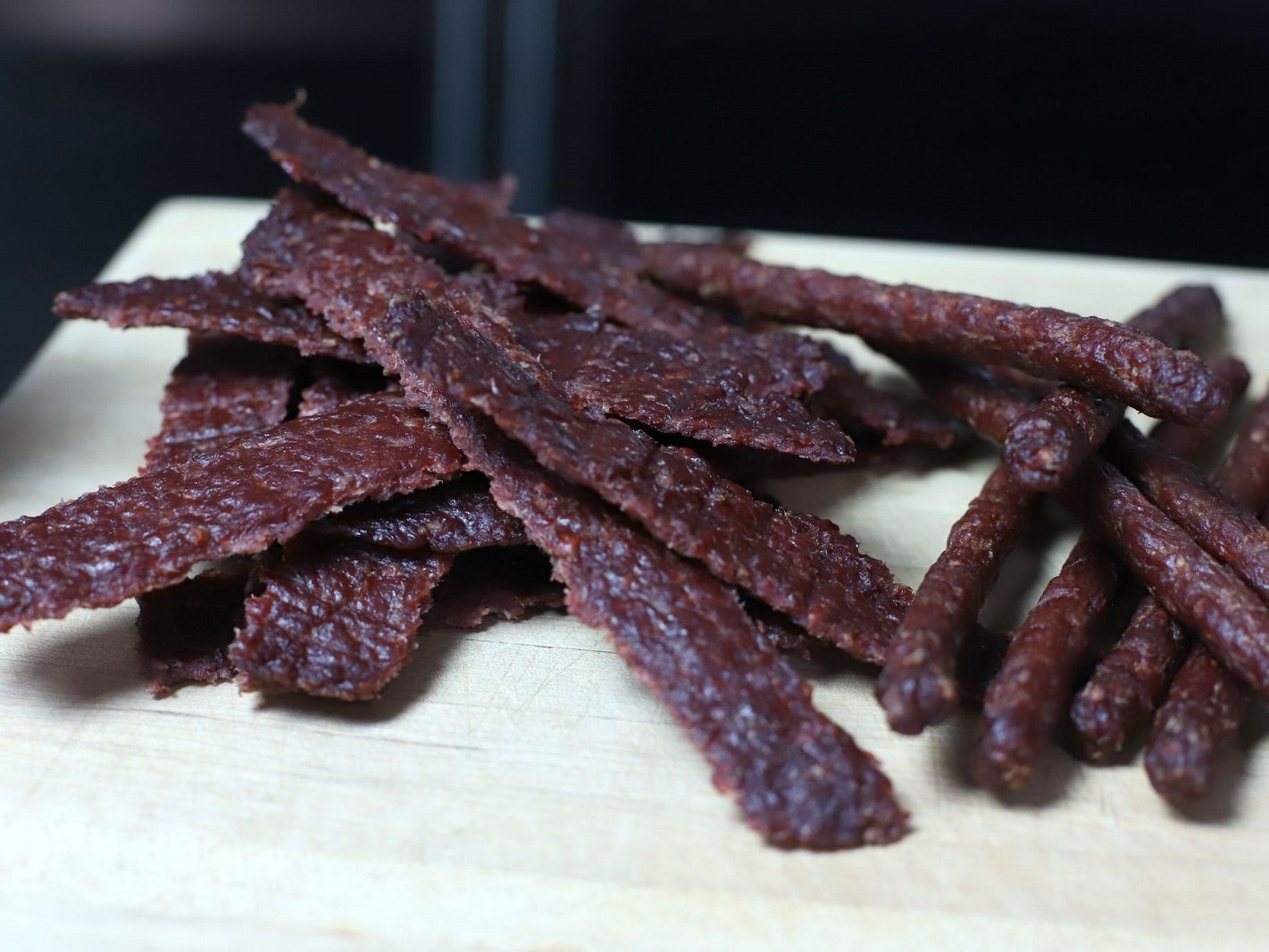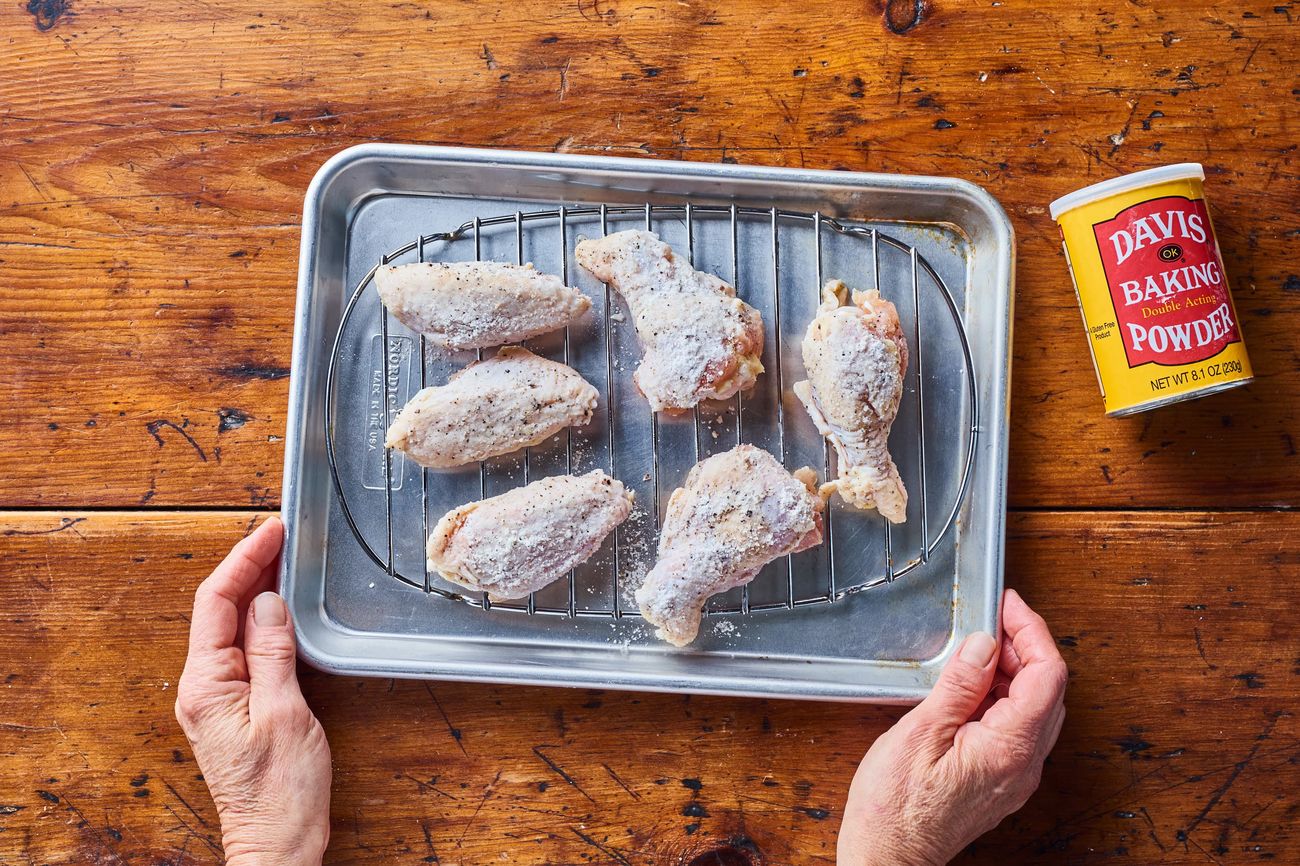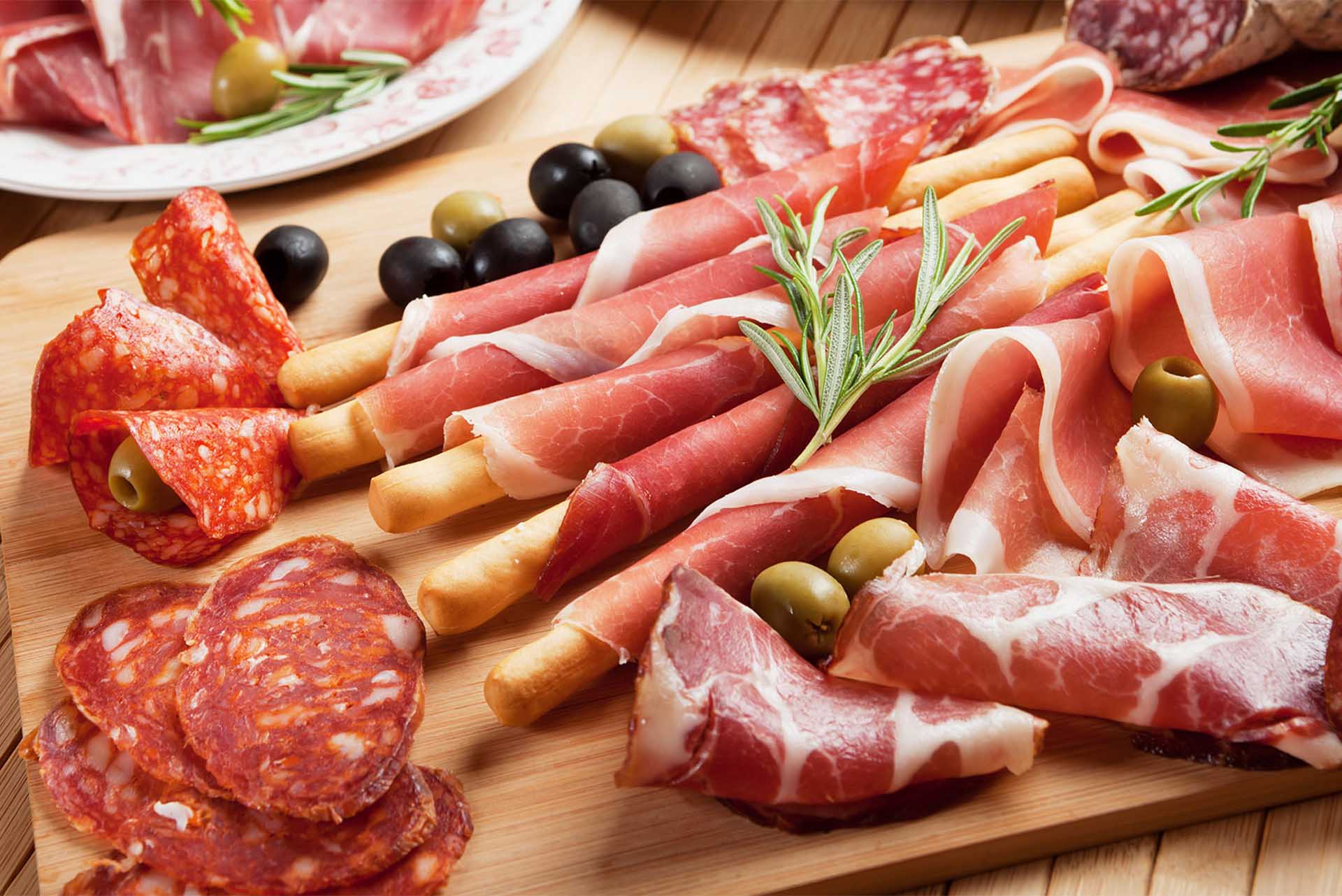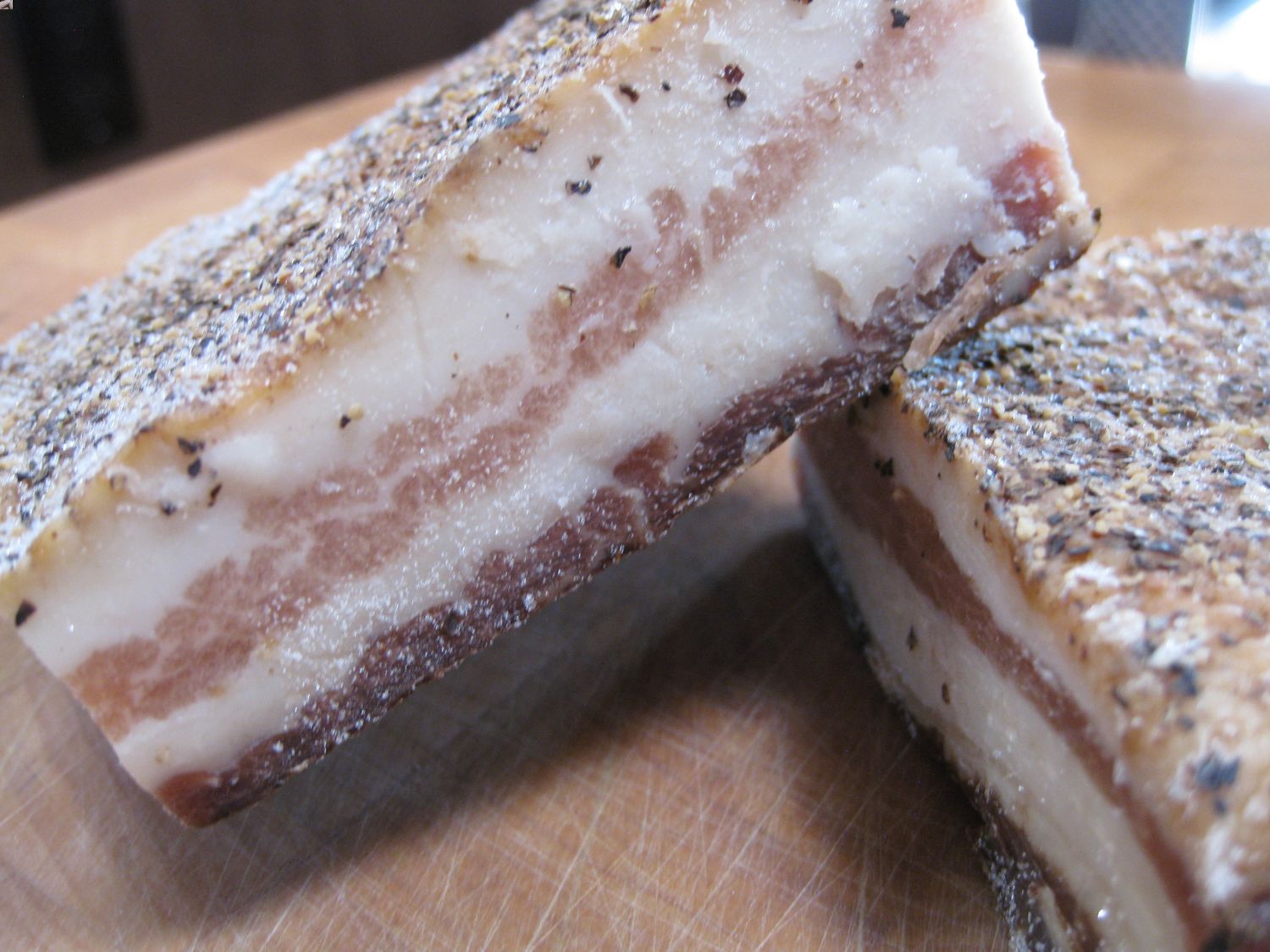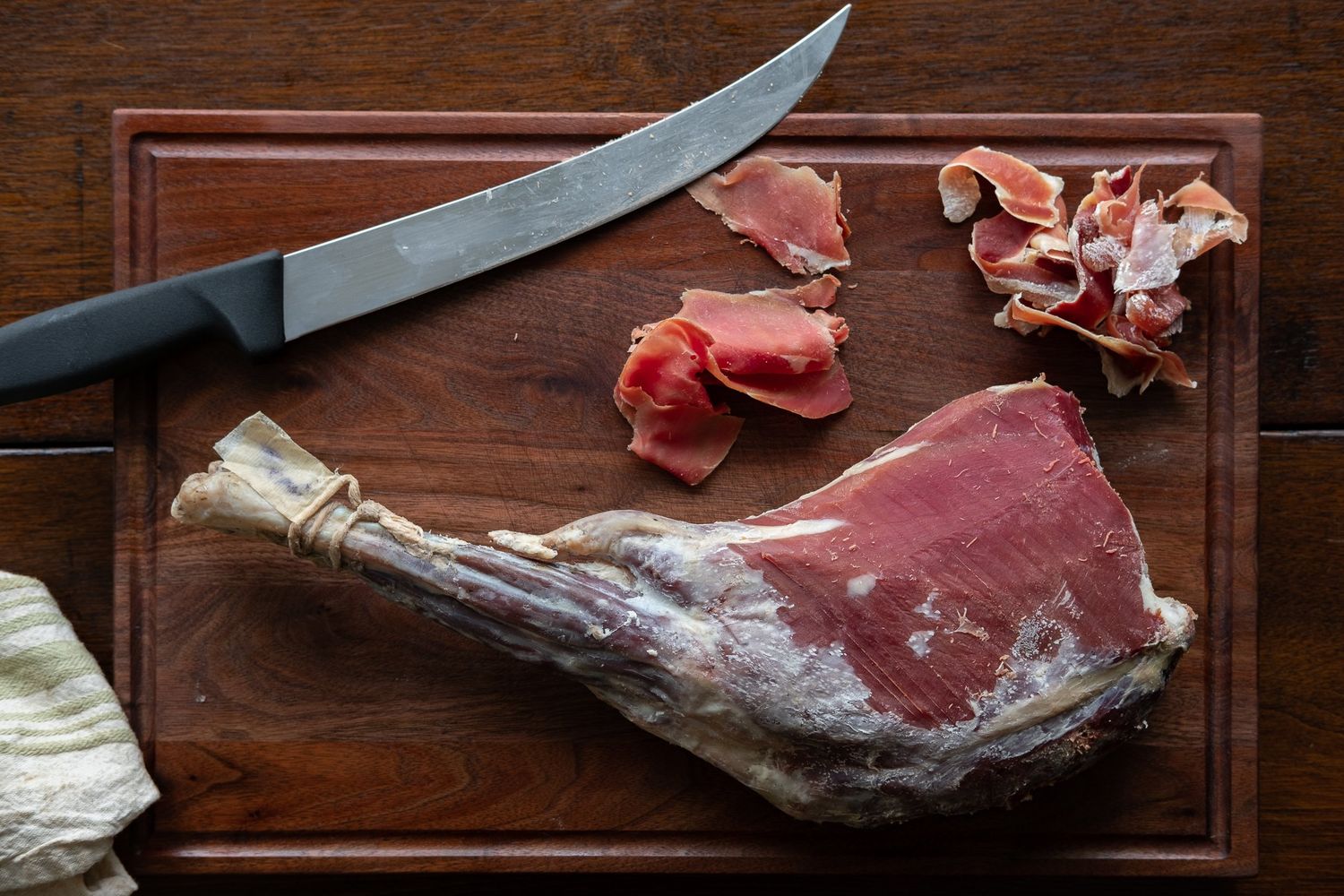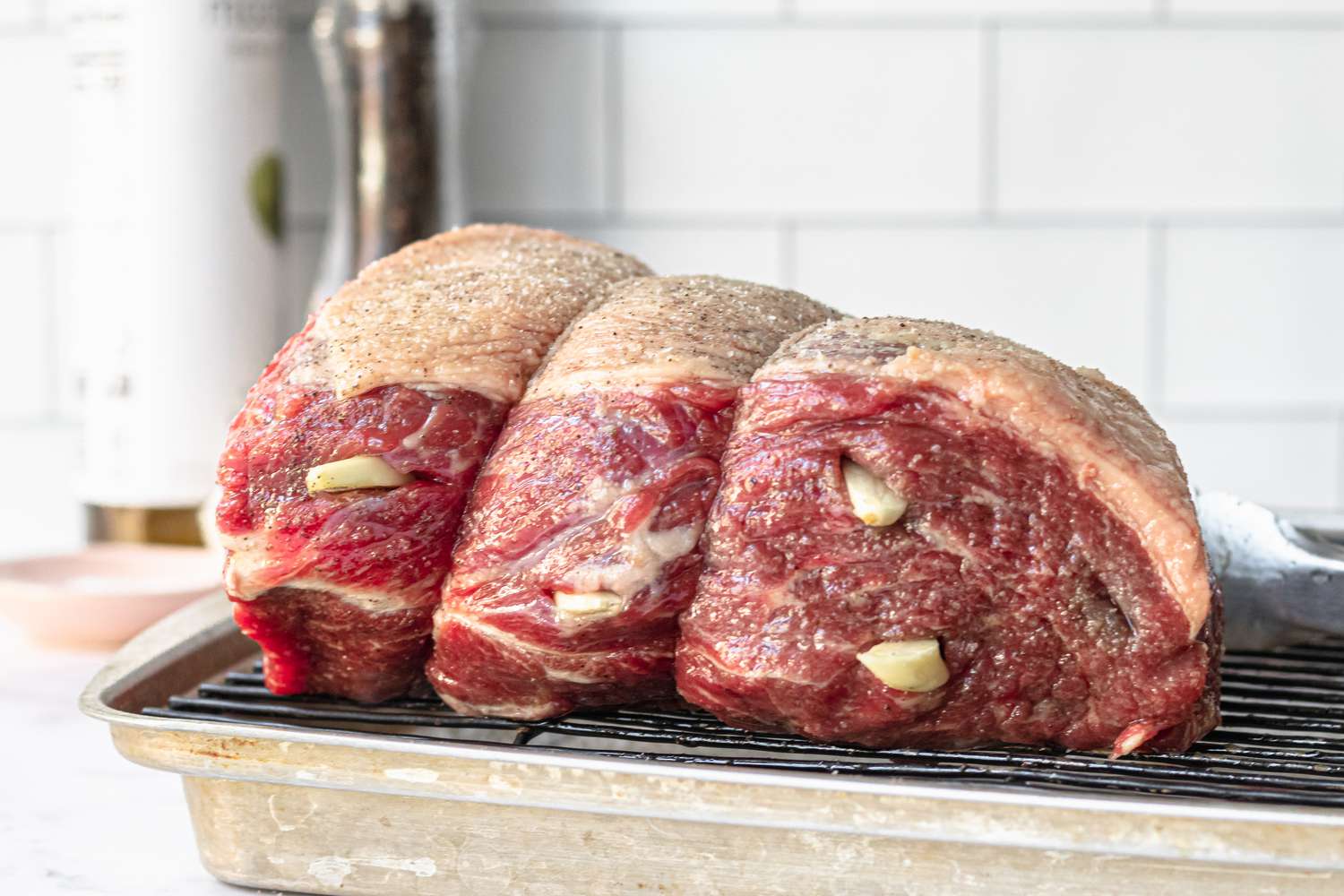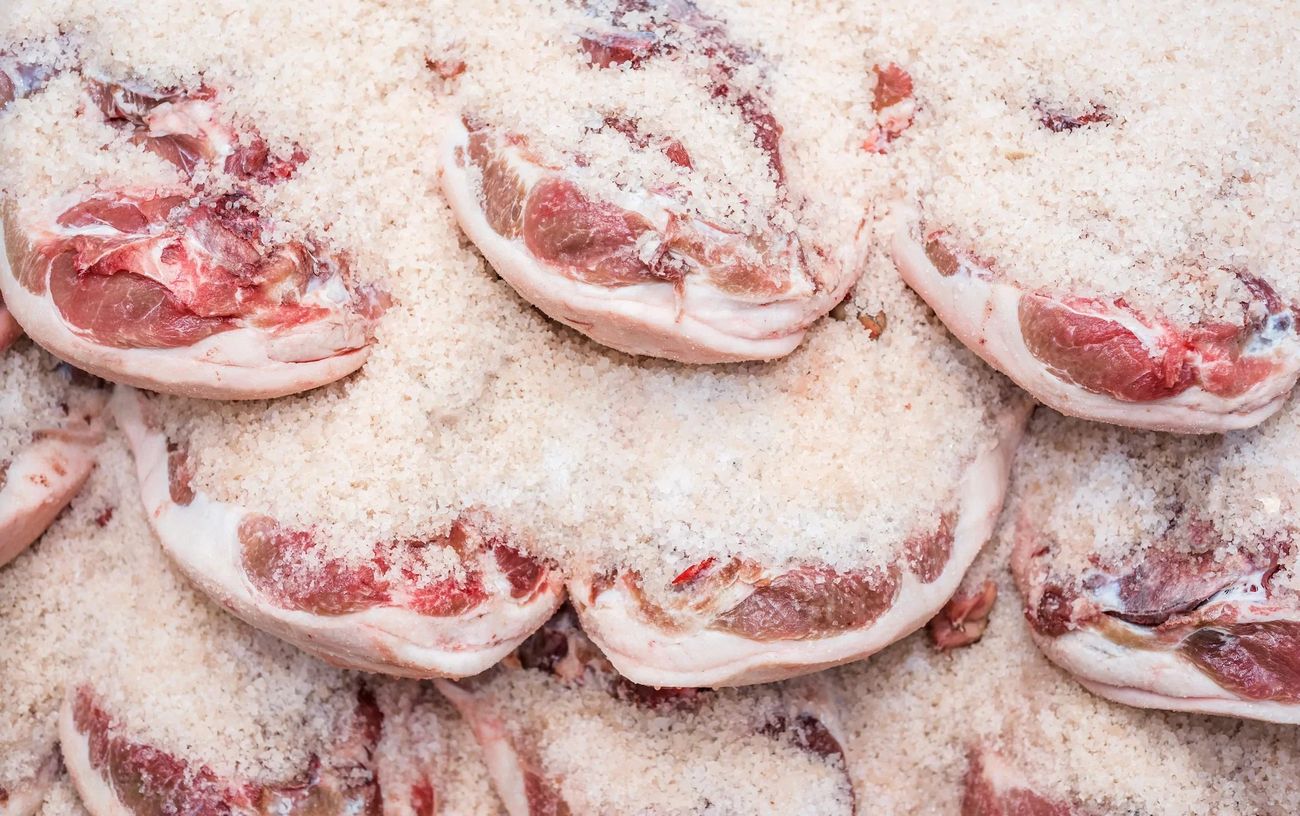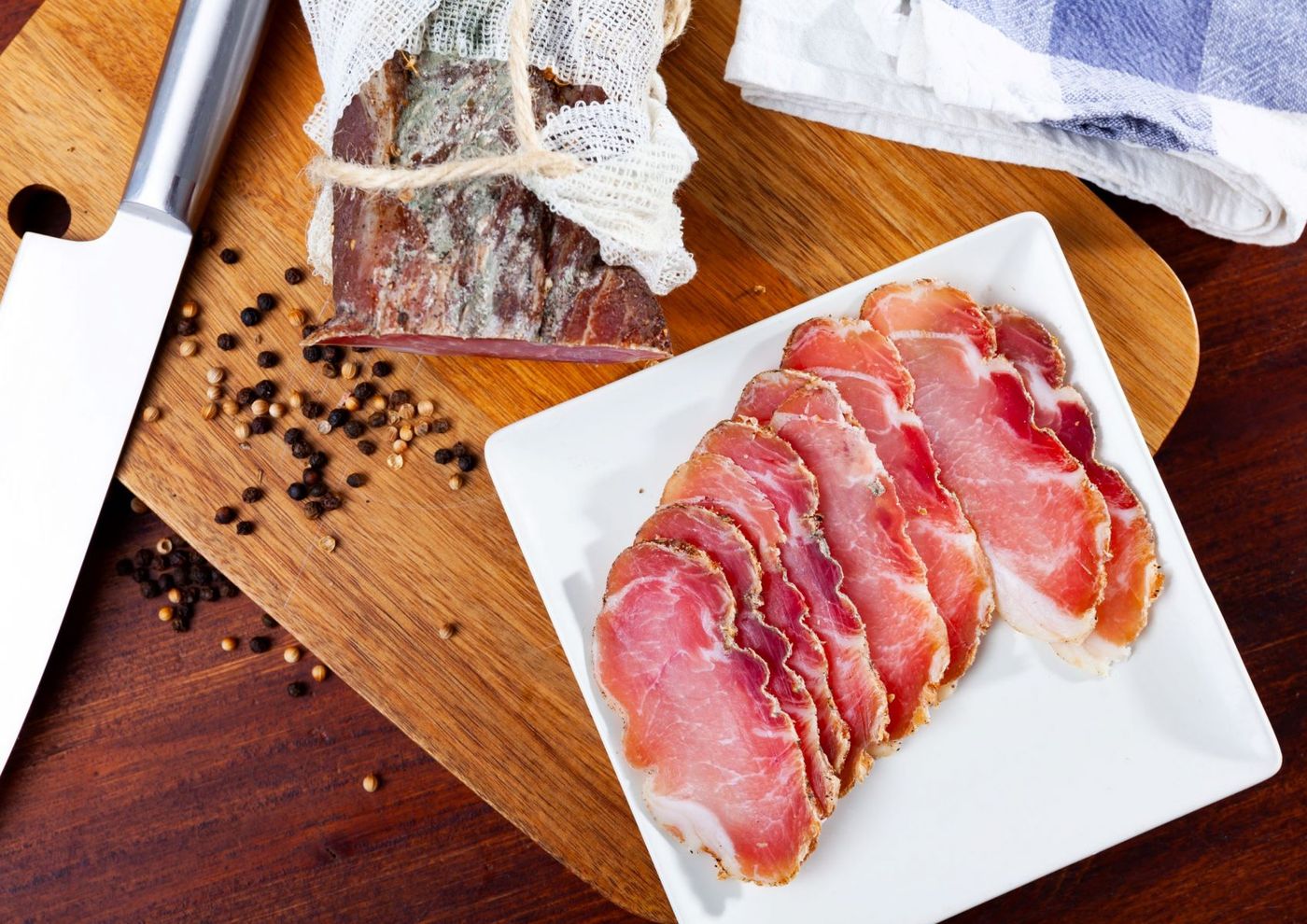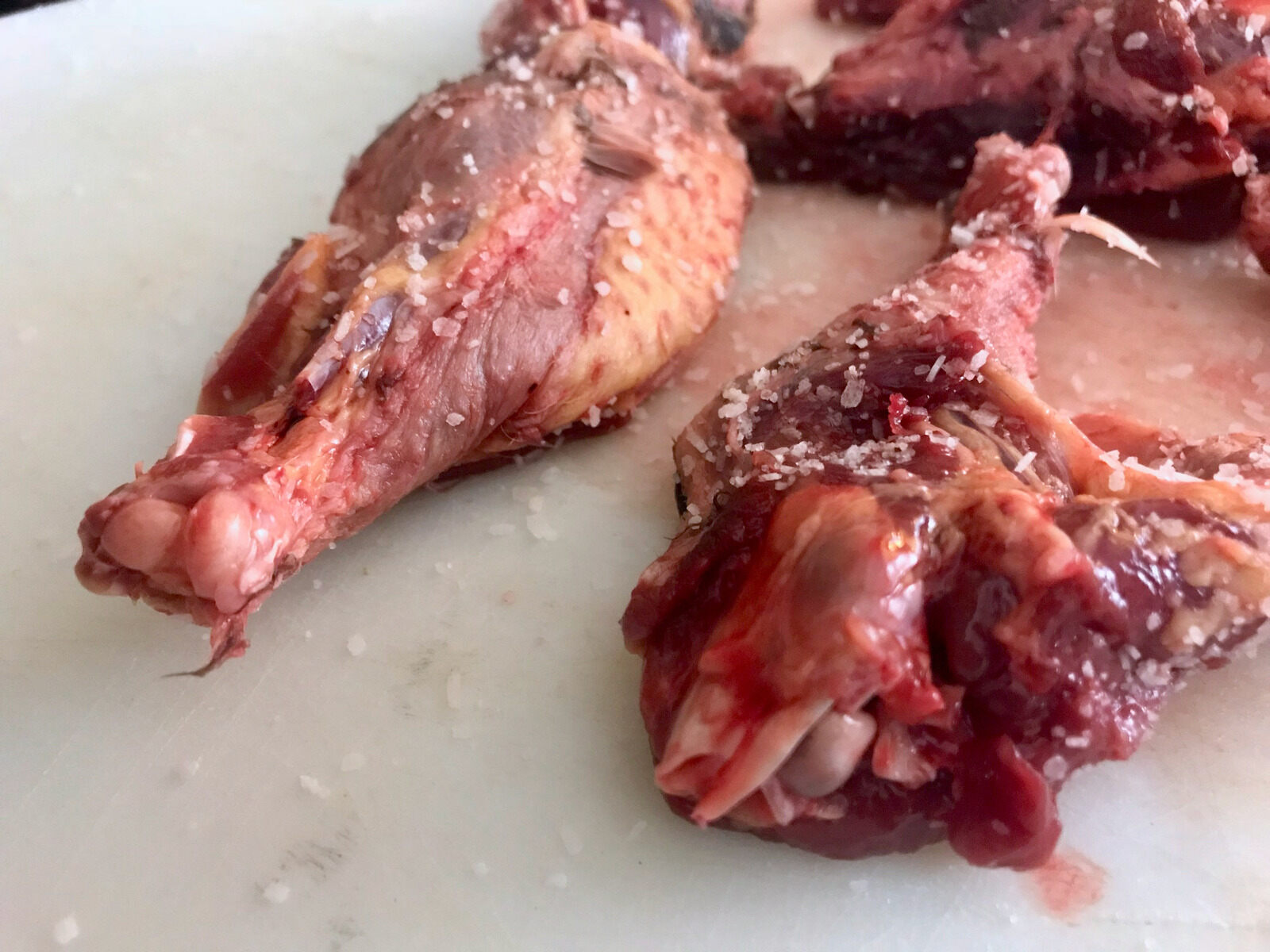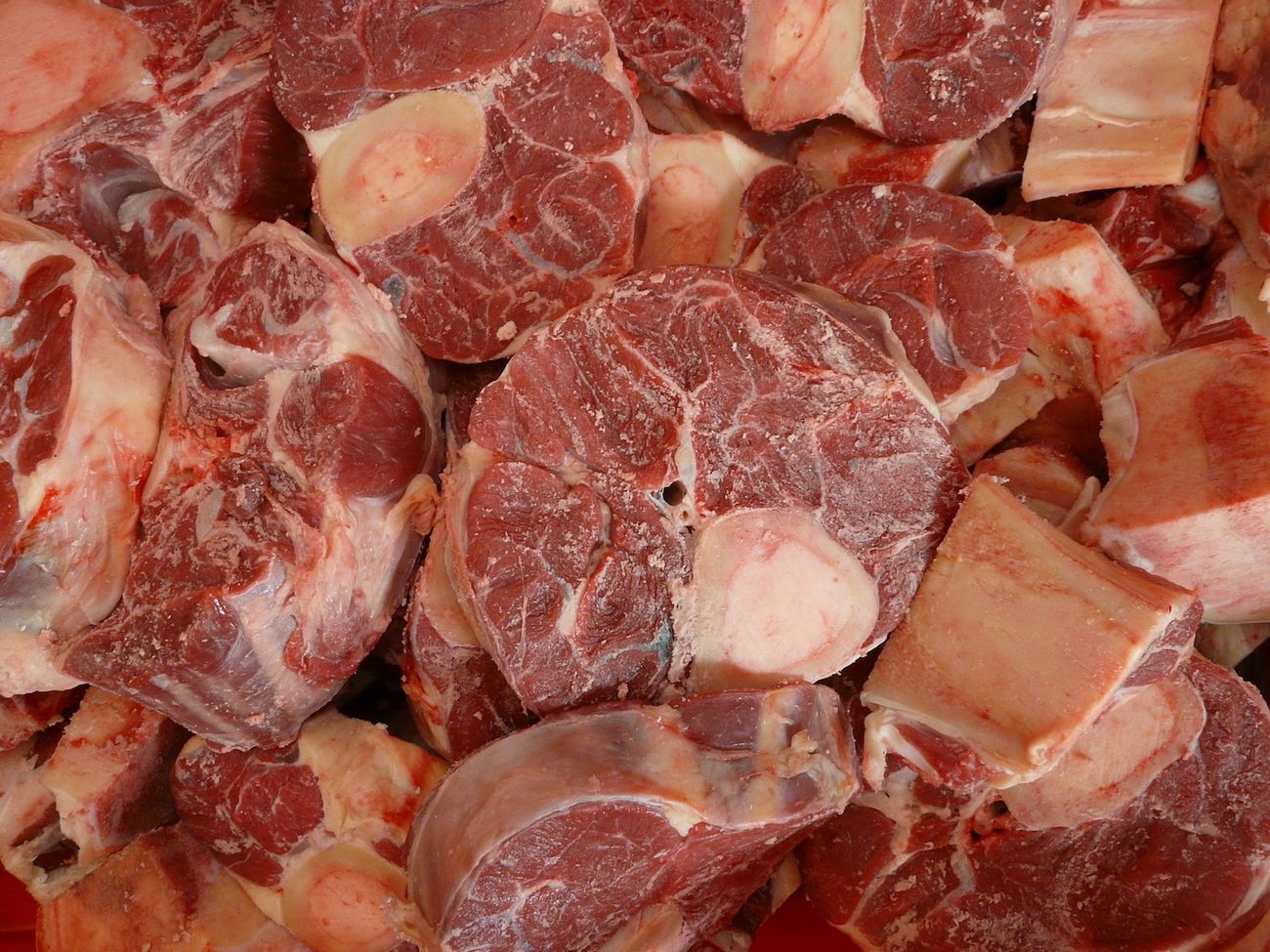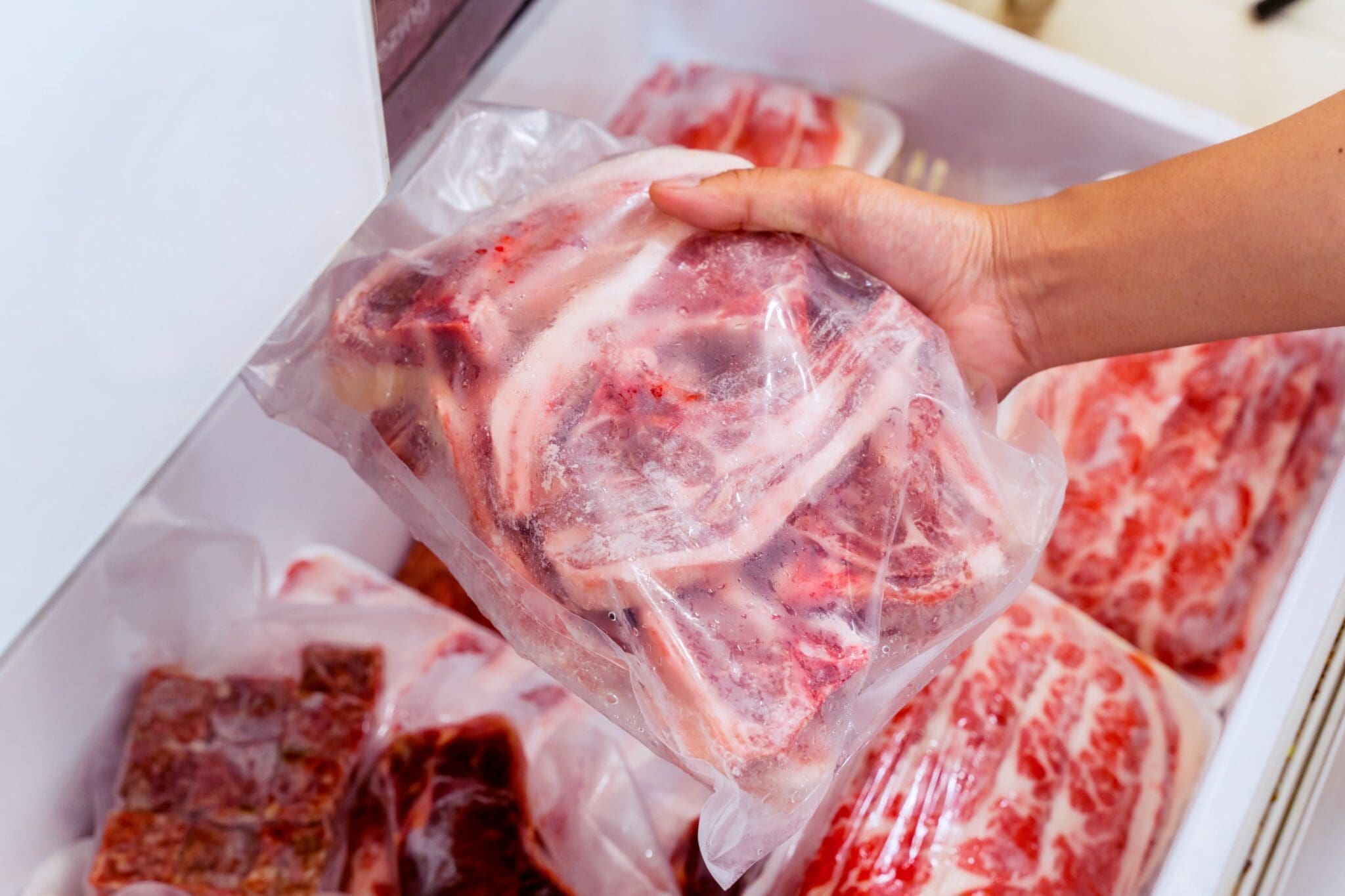Preserving Meat Through Drying: A Time-Honored Tradition
Preserving meat through drying is a time-honored tradition that has been used for centuries to extend the shelf life of meats and create delicious, flavorful products. Whether you’re a hunter looking to make the most of your game or simply interested in exploring traditional food preservation methods, curing meat by drying is a rewarding and practical skill to master.
Choosing the Right Meat
When it comes to curing meat by drying, it’s important to start with the right cut. Lean meats such as beef, venison, and certain cuts of pork are ideal for drying. The leaner the meat, the better it will dry and the longer it will last. Additionally, choosing high-quality, fresh meat is essential for a successful curing process.
Preparing the Meat
Before you begin the curing process, it’s crucial to properly prepare the meat. This involves trimming away any excess fat and removing any silver skin or connective tissue. Cut the meat into uniform pieces to ensure even drying, and consider marinating it in a mixture of salt, sugar, and spices to enhance the flavor and aid in preservation.
The Curing Process
There are a few different methods for curing meat by drying, but one of the most popular is the use of a dry cure. This involves coating the meat in a mixture of salt, sugar, and spices, then allowing it to air dry for an extended period of time. The salt draws out moisture from the meat, effectively preserving it and creating a concentrated, flavorful product.
Another popular method is the use of a wet cure, which involves submerging the meat in a brine solution before allowing it to air dry. This method can result in a slightly different flavor and texture compared to a dry cure, so it’s worth experimenting with both to find your preferred method.
Drying the Meat
Once the meat has been properly cured, it’s time to begin the drying process. This can be done using a dedicated meat dryer, a conventional oven, or even a homemade drying setup. The key is to maintain a consistent temperature and airflow to ensure the meat dries evenly and thoroughly.
Depending on the thickness of the meat and the drying method used, the process can take anywhere from a few days to a few weeks. It’s important to regularly check the meat for dryness and to adjust the drying environment as needed to prevent spoilage.
Storing and Enjoying Cured Meat
Once the meat has been fully dried, it’s important to store it properly to maintain its quality. Vacuum-sealed bags or airtight containers are ideal for long-term storage, as they help to prevent moisture and air from reaching the meat. Properly stored, cured meat can last for several months or even longer, providing a convenient and delicious protein source for your pantry.
Whether enjoyed on its own as a flavorful snack or incorporated into a variety of dishes, cured meat is a versatile and satisfying addition to any kitchen. From homemade beef jerky to traditional Italian prosciutto, the possibilities for cured meat are endless.
Conclusion
Curing meat by drying is a time-tested method of food preservation that allows you to savor the flavors of your favorite meats for an extended period of time. By selecting the right cuts, properly preparing the meat, and mastering the art of curing and drying, you can create delicious and shelf-stable products that are perfect for snacking, cooking, and sharing with friends and family.
So, whether you’re a seasoned hunter or simply passionate about traditional food preservation methods, consider trying your hand at curing meat by drying. With a bit of patience and practice, you’ll be rewarded with a pantry full of flavorful, homemade treats that are sure to impress.
